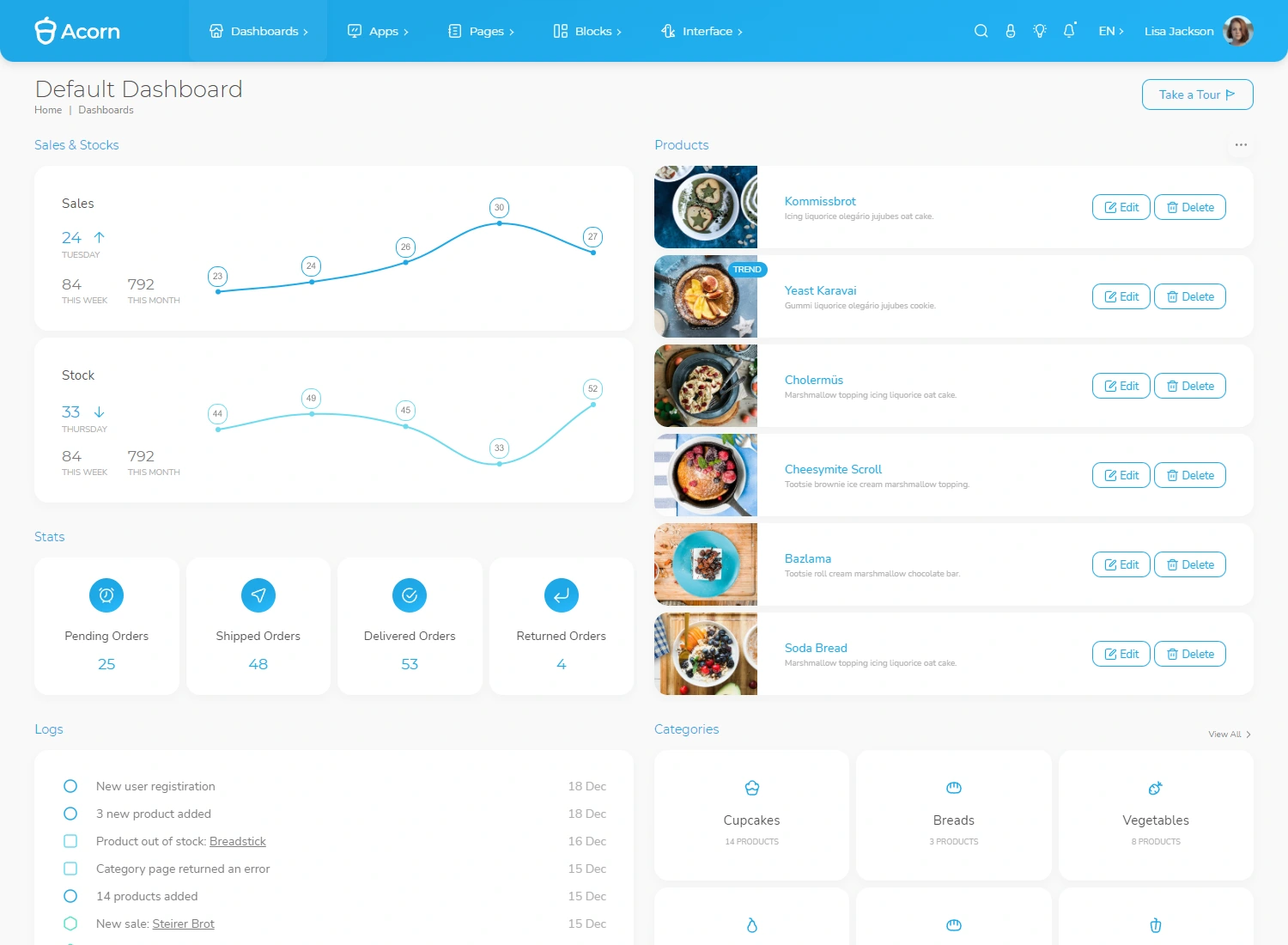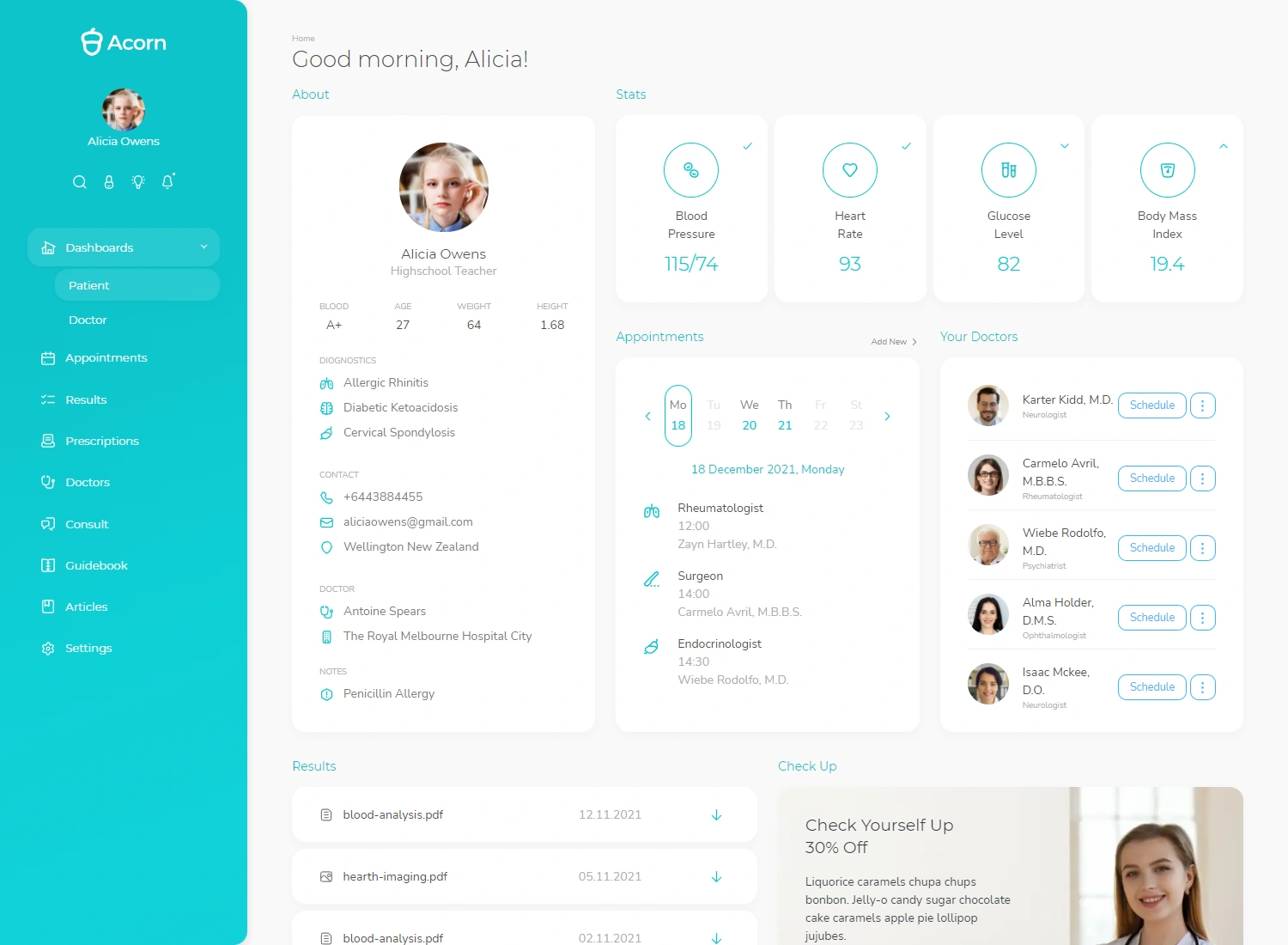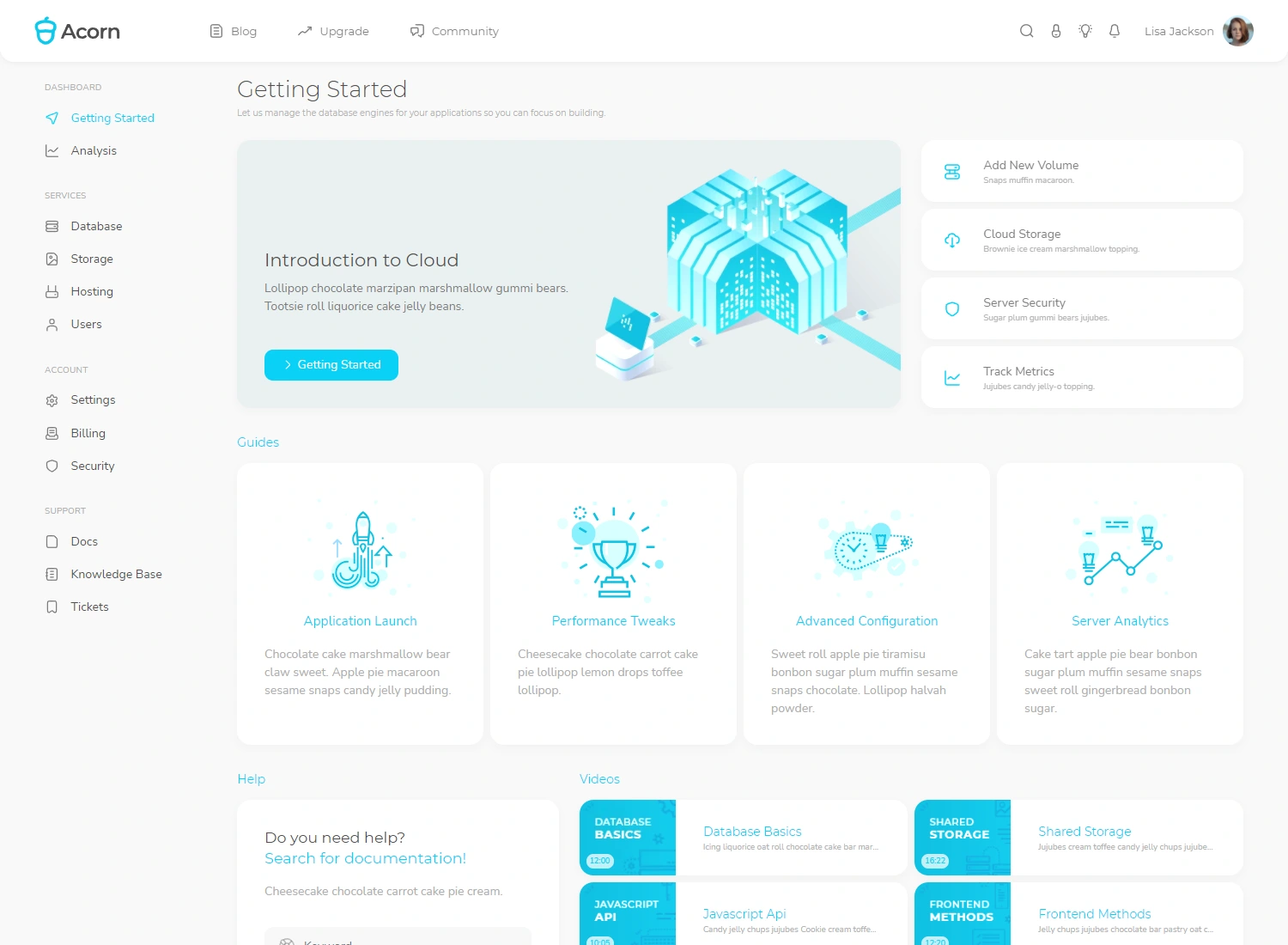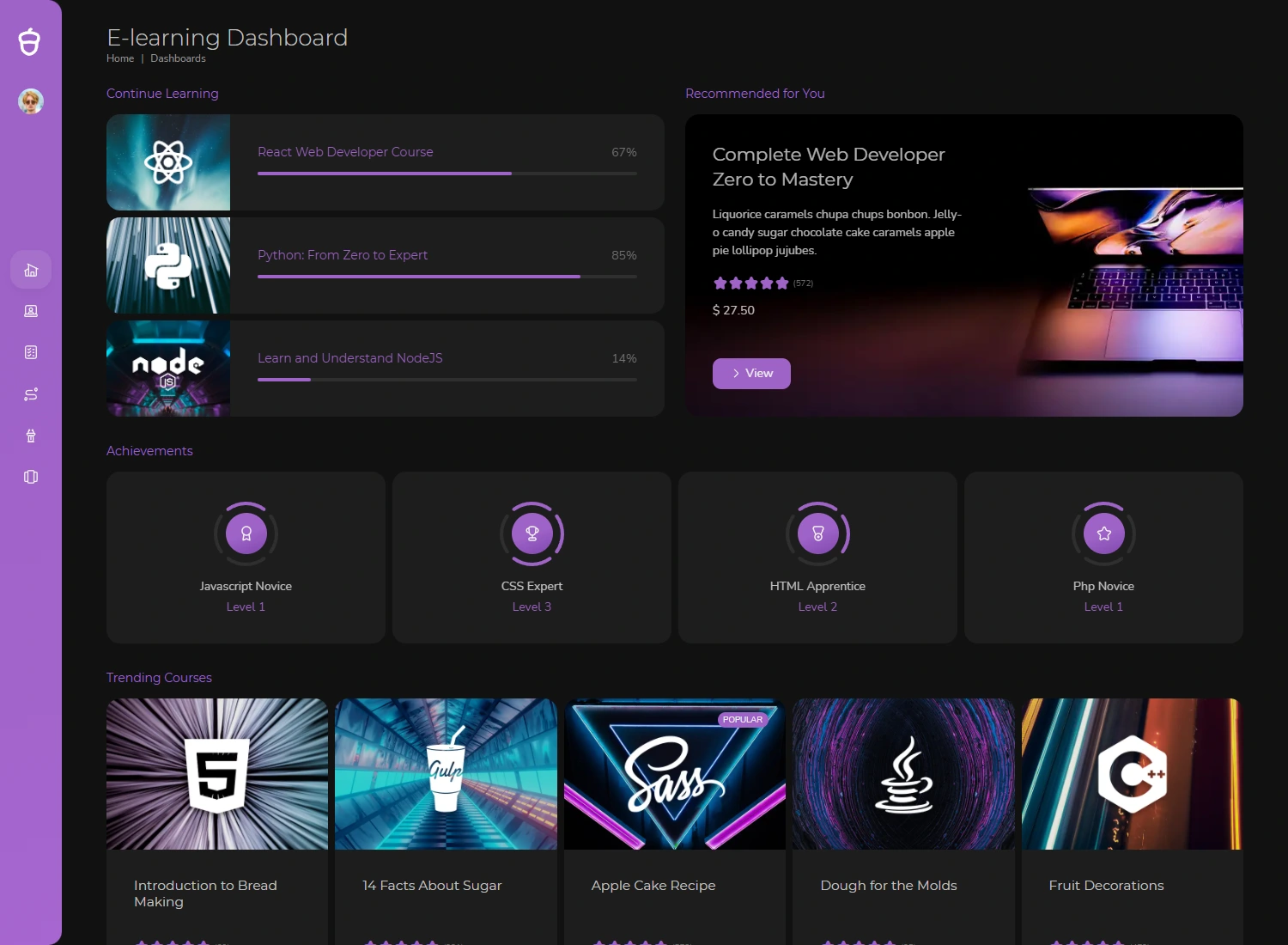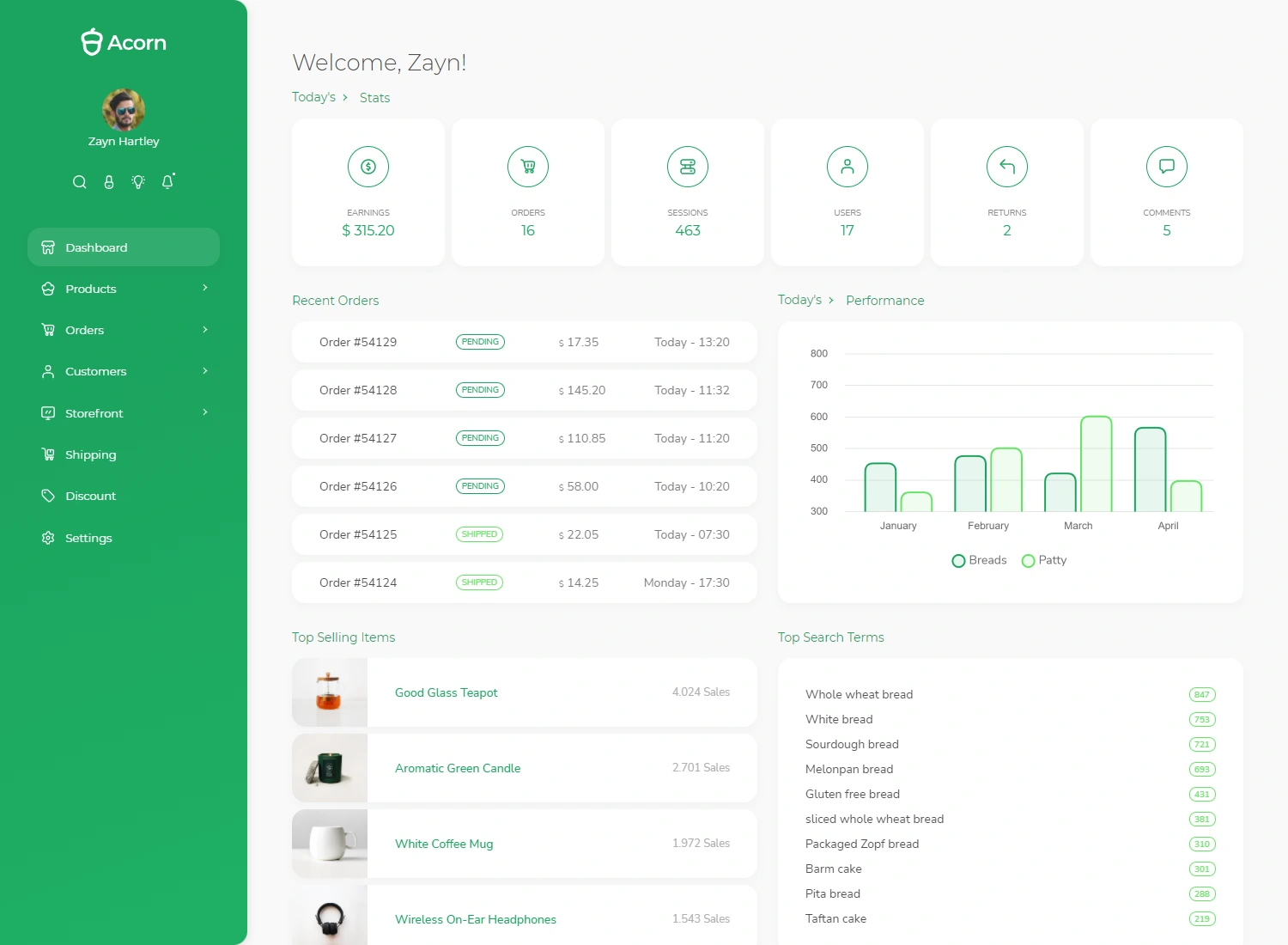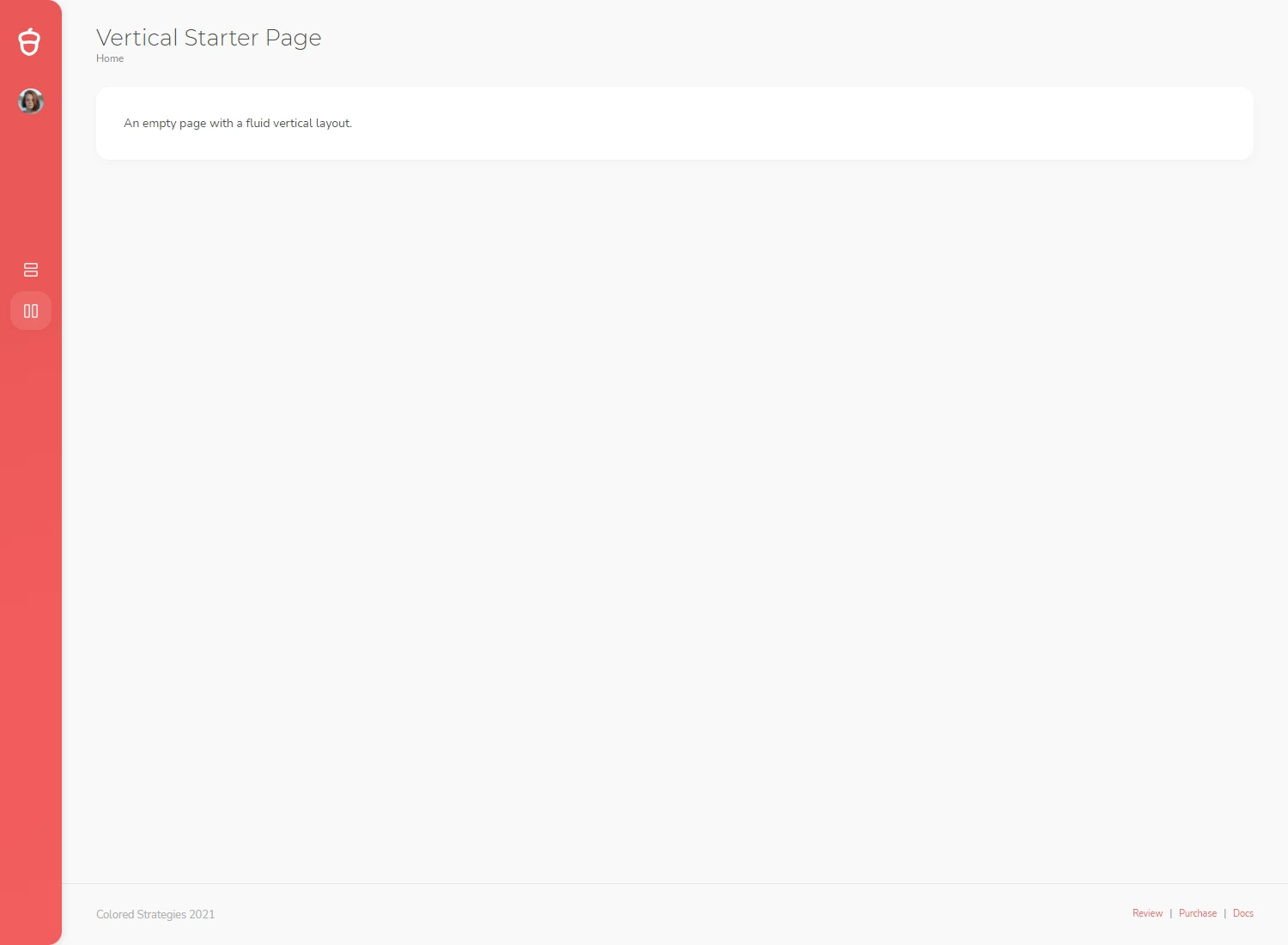India’s Expanding Footprint in Development Cooperation
India’s engagement with the Global South has steadily evolved over the past two decades. From extending lines of credit (LoCs) under the Indian Development and Economic Assistance Scheme (IDEAS) to capacity building, technology transfer, market access, and grant aid, India has diversified its development cooperation modalities. The total outlay has increased significantly — from $3 billion in 2010-11 to $7 billion in 2023-24 — reflecting New Delhi’s growing ambitions and responsibilities.
However, the changing global financial environment has necessitated a rethinking. The Ministry of Finance’s caution against continuing LoCs, amidst rising sovereign debt and global liquidity constraints, signals a shift towards balanced and resilient engagement strategies. Prime Minister Modi’s articulation of a Global Development Compact (GDC) during the 2024 Voice of Global South Summit emphasized this very need for a harmonious and sustainable approach.
The Crisis in Global Development Finance
Global development financing is facing headwinds on multiple fronts:
-
Shrinking ODA: Official Development Assistance — primarily provided by rich countries — is in sharp decline, with estimates suggesting a drop from $214 billion in 2023 to $97 billion, nearly a 45% cut.
-
Geopolitical and budgetary strains in traditional donor nations, including the collapse of USAID and weakening of the UK’s FCDO, have worsened the situation.
-
Rising debt in developing countries, combined with increased cost of borrowing, has severely restricted their ability to fund SDG-linked projects.
-
The estimated investment requirement to achieve SDGs by 2030 has ballooned from $2.5 trillion in 2015 to over $4 trillion in 2024.
This troubling scenario necessitates innovative and cooperative approaches — which is where Triangular Cooperation (TrC) becomes vital.
Triangular Cooperation: A Bridge Between North and South
Triangular Cooperation (TrC) is a development model where:
-
A traditional donor (usually from the Global North) collaborates with a pivotal developing country (like India or Brazil),
-
And both jointly assist a third partner country (usually from the Global South).
This model allows for shared ownership, mutual respect, and localised solutions. Though still emerging, TrC has already demonstrated efficacy, with initial data suggesting flows of $670 million to $1.1 billion.
Successful Examples of TrC:
-
Japan and Indonesia: Co-implemented development projects in ASEAN countries.
-
Germany and Brazil: Partnered for multiple projects in Mozambique.
-
India and Germany: Following their 2022 Joint Declaration of Intent, they are implementing TrC projects in Cameroon, Ghana, Malawi, and Peru.
Such collaborations go beyond physical infrastructure. For instance, expanding energy grids enhances digital connectivity, which in turn improves education and healthcare access — creating a multiplier effect on development outcomes.
India's Strategic Pivot and Global Leadership
India’s leadership during the G-20 Presidency laid the foundation for deeper and broader TrC engagements:
-
The Global Innovation Partnership (GIP) with the U.K. and initiatives with Germany, France, the EU, and the U.S. highlight a deliberate move towards blended finance and technology-driven solutions.
-
India has moved from being just a beneficiary to a credible provider of development cooperation, offering lessons drawn from its own development experience.
-
By leveraging its institutional strengths, cost-effective technologies, and human capital, India can offer viable alternatives to Global South countries trapped in debt-heavy bilateral assistance models.
This is a strategic opportunity for India to redefine development partnerships, especially at a time when ODA from Global North is no longer dependable.
Conclusion
India’s rephasing of development finance is both timely and visionary. Moving away from the conventional reliance on LoCs towards collaborative, cost-effective, and outcome-focused modalities like Triangular Cooperation not only reflects financial prudence but also aligns with India’s long-standing ethos of South-South solidarity. In doing so, India positions itself as a global leader in inclusive development diplomacy, capable of bridging divides, creating shared solutions, and addressing the evolving challenges of the 21st-century development landscape.
